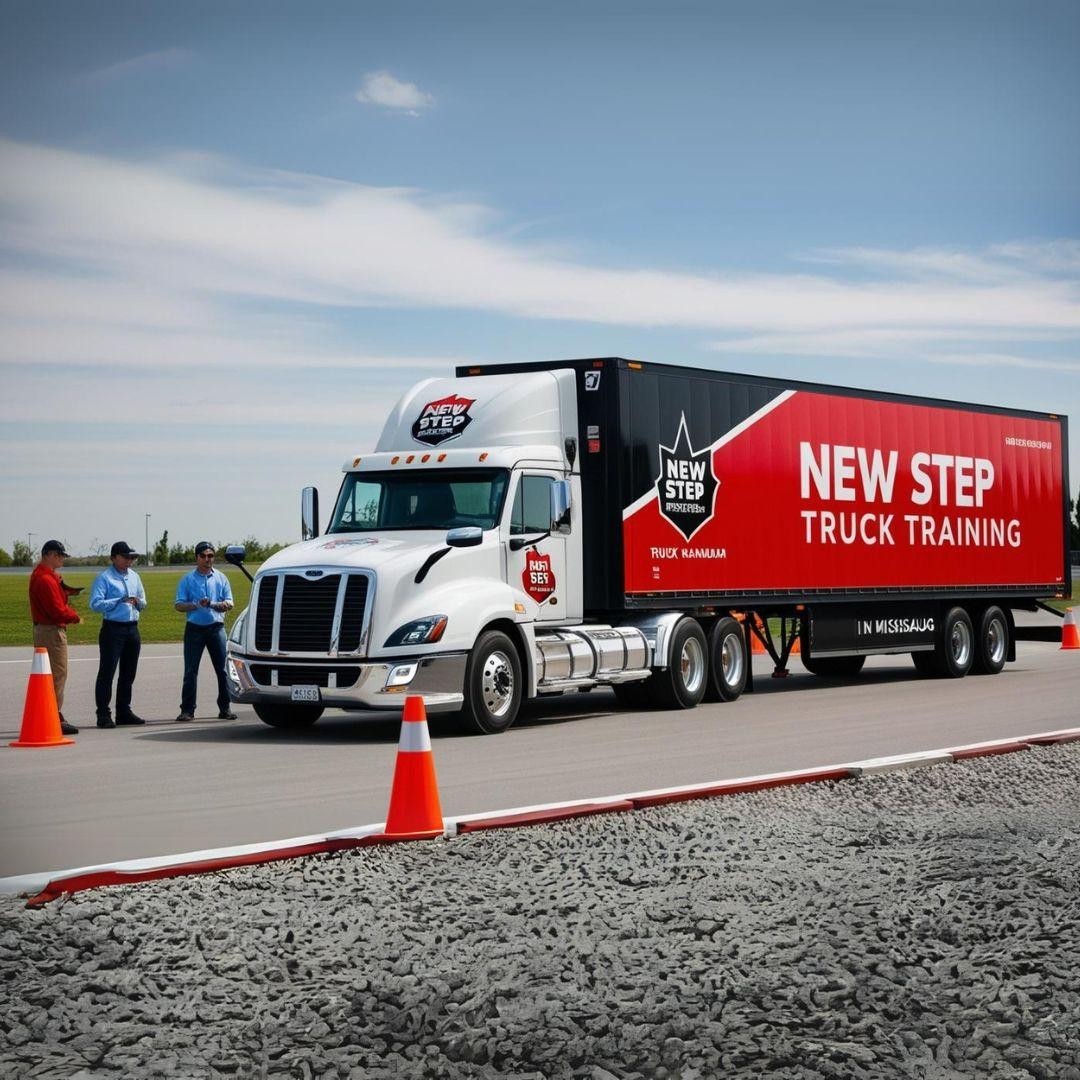Are you considering a career in Canada’s trucking industry? Canada’s vast geography and growing logistics sector require qualified commercial truck drivers to transport goods across the country. If you’re looking to enter this field, attending a truck driving school in Canada and understanding the necessary qualifications, such as the Mandatory Entry-Level Training (MELT) Program, Class A License, and Z Endorsement, are crucial steps to launching your career successfully.
In this post, we’ll break down each step in your journey to becoming a certified commercial truck driver in Canada.
Why Choose a Truck Driving School in Canada?
A Truck driving school in Canada is the foundation of a successful career in trucking. Reputable driving schools offer specialized training that equips you with the knowledge and hands-on experience needed for the road. The curriculum typically includes classroom instruction, hands-on driving experience, and safety training.
Truck driving schools are also an excellent place to learn the rules and regulations specific to Canadian roads, as well as skills such as handling heavy vehicles, parking techniques, and maneuvering in tight spaces. By enrolling in a certified truck driving school in Canada, you’ll gain the confidence and skills needed to pass the licensing exams and start your career.
The Importance of the MELT Program for Class A License Applicants
The Mandatory Entry-Level Training (MELT) Program is required in most provinces in Canada if you wish to obtain a Class A license, which permits you to drive large commercial trucks. The MELT Program was introduced to standardize truck driver training and ensure that new drivers meet specific safety and operational standards.
Key aspects of the MELT Program include:
- In-depth Instruction: The MELT Program combines classroom learning with in-vehicle training to help drivers understand both the theory and practical aspects of driving.
- Safety Emphasis: A significant focus of the MELT Program is on safe driving practices, such as defensive driving, hazard prevention, and emergency maneuvers.
- Road and Yard Training: The training includes both road experience and yard exercises, covering everything from highway driving to backing up and parking a heavy vehicle.
Completing the MELT Program is essential if you’re serious about obtaining a Class A license and working in the Canadian trucking industry.
Obtaining Your Class A License
A Class A license is necessary for anyone looking to drive heavy commercial vehicles across provincial or international borders. The process to obtain a Class A license includes several key steps:
- Eligibility: Before you can enroll in a Class A training course, you must hold a valid full G driver’s license in Ontario (or its equivalent in other provinces) and meet specific age requirements.
- Training and Testing: After completing the MELT Program, you’ll need to pass both a written test and a practical road test. The written test assesses your knowledge of road rules, vehicle operations, and safety practices. The road test examines your ability to handle a large vehicle in different traffic conditions.
The Class A license grants you the legal right to operate large commercial trucks and trailers, opening doors to a wide range of job opportunities within Canada’s transportation sector.
Understanding the Z Endorsement for Air Brake Operation
If you plan to operate a commercial vehicle with an air brake system, you’ll need to add a Z Endorsement to your license. Air brakes are commonly used in commercial trucks because they provide the high braking force required to control large, heavy vehicles.
The Z Endorsement training includes:
- Air Brake Theory: Training programs cover the design, operation, and safety considerations for air brake systems. You’ll learn how to conduct pre-trip inspections to ensure the air brake system is functioning correctly.
- Hands-On Practice: You’ll also receive practical training, learning to apply air brakes effectively in various driving scenarios.
Adding a Z Endorsement is crucial if you want to operate commercial trucks with air brakes, as it broadens your job prospects and demonstrates your expertise in handling advanced braking systems.
Job Opportunities and Career Growth in Canada’s Trucking Industry
Once you’ve completed your training and obtained your Class A license with the Z Endorsement, you’ll find a wealth of job opportunities in Canada’s trucking industry. From long-haul trucking across provinces to local deliveries, the demand for truck drivers in Canada is growing. This demand provides a stable career path with opportunities for growth, especially for drivers who demonstrate reliability, safety, and professionalism.
Additionally, some drivers choose to advance their careers by obtaining specialized endorsements or certifications, such as transporting hazardous materials, which can further enhance earning potential and job stability.
Choosing the Right Truck Driving School in Canada
When selecting a truck driving school, it’s essential to look for a reputable institution that is recognized by your province’s licensing authority. Key considerations include:
- Accreditation: Ensure that the school is accredited and offers the MELT Program, as this is a mandatory requirement in most provinces.
- Comprehensive Curriculum: Look for a school that covers all necessary training, including Class A license preparation, Z Endorsement, and hands-on driving experience.
- Qualified Instructors: Experienced instructors can provide valuable insights, mentorship, and support as you navigate your training and licensing journey.
Conclusion
The path to becoming a certified commercial truck driver in Canada involves completing a comprehensive training program, passing essential tests, and obtaining the appropriate endorsements. By enrolling in a reputable truck driving school and completing the MELT Program, you’ll be well-prepared to earn your Class A license and Z Endorsement.
